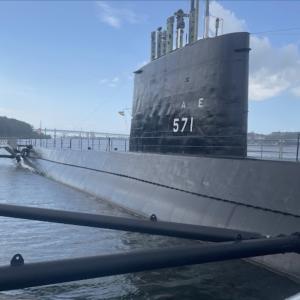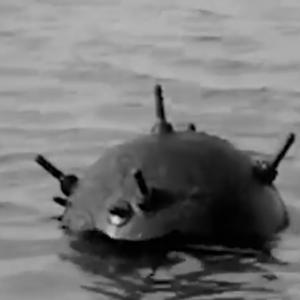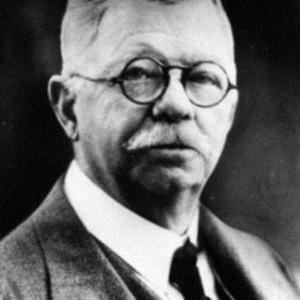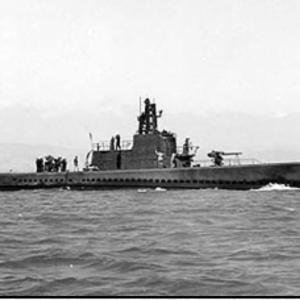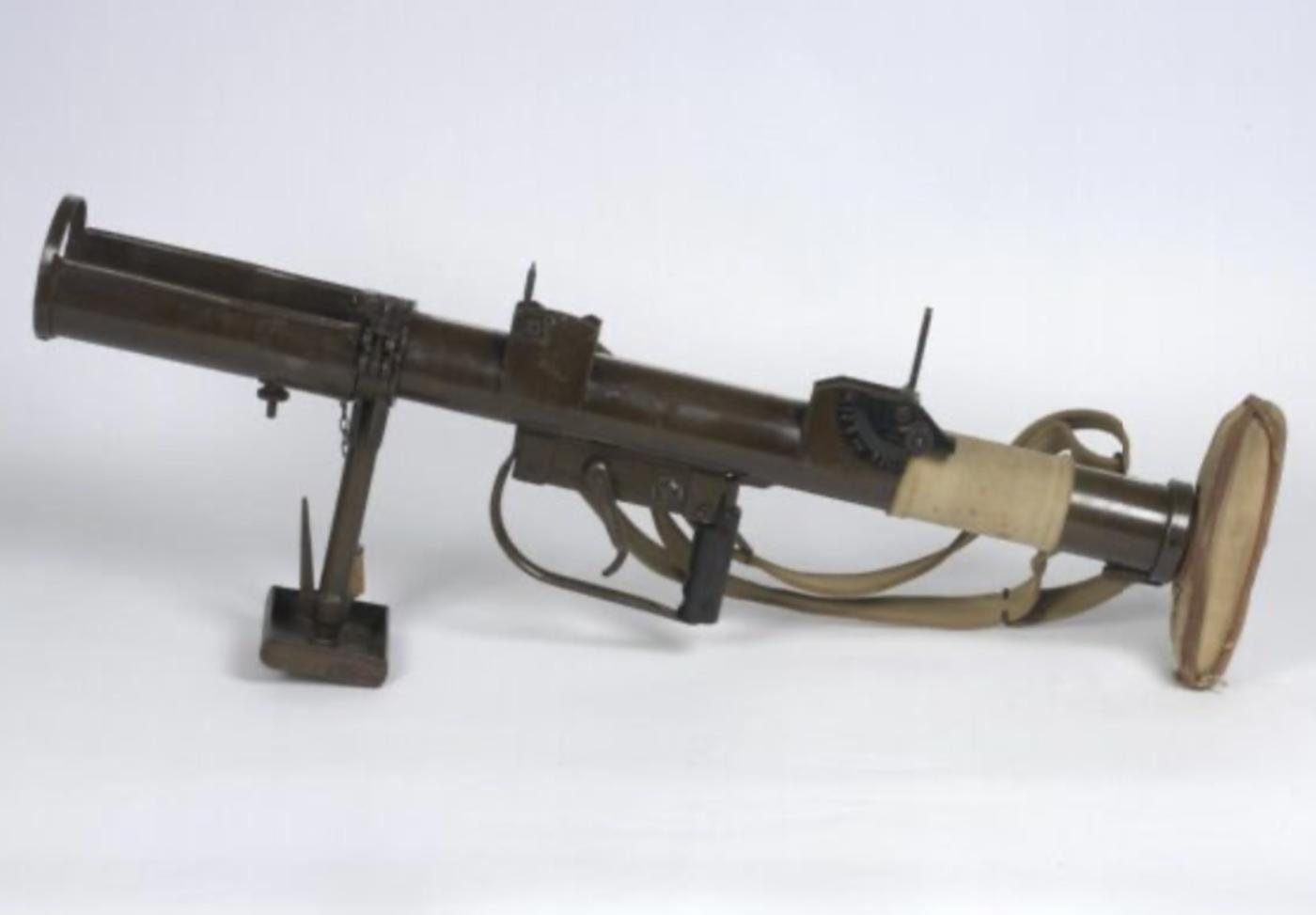
Piat hand held Weapon
The Projector, Infantry, Anti-Tank (PIAT) was one of Britain’s principal infantry anti-tank weapons during the Second World War. Developed as a response to the increasing threat of German armored vehicles in the early years of the war, the PIAT was designed to give infantry units a portable means to destroy tanks and fortified positions without the need for heavy artillery. Its conception, although inspired by earlier anti-tank efforts, marked a shift in British infantry doctrine by emphasising mobility and decentralised anti-armor capability. The PIAT emerged as both a symbol of ingenuity and controversy due to its unconventional design and demanding operation.
The PIAT was designed by Major Millis Jefferis and his team at the British Ministry of Supply’s MD1 department, an experimental weapons development unit sometimes informally referred to as “Churchill’s Toyshop” due to its direct support from Prime Minister Winston Churchill. Jefferis, a creative and unorthodox engineer, sought to produce a weapon that could be cheaply manufactured, did not require complex materials in short supply, and could be operated by a single soldier. The design was completed in 1942, building upon the spigot mortar principle rather than conventional gunpowder-propelled projectiles. Instead of a traditional barrel and firing mechanism, the PIAT employed a powerful spring and a spigot rod which launched a hollow-charge bomb. Upon cocking the weapon manually—a difficult task due to the strong internal spring—the bomb was placed over the spigot, and when fired, the spring launched the spigot into the base of the bomb, igniting its propellant and propelling it toward the target.
The unique design of the PIAT meant it had no backblast, a significant tactical advantage when firing from enclosed spaces, unlike the American Bazooka or the German Panzerfaust which created significant rearward discharge. The shaped charge warhead was capable of penetrating up to 100 mm of armor at optimal ranges, making it effective against most German tanks of the era when used properly. However, it had a short effective range of around 100 yards in combat and was known for its heavy recoil and difficult loading process, leading to a mixed reception among troops. Some appreciated its armor-penetrating capabilities and utility in confined conditions, while others disliked its weight, unpredictable performance, and the physical effort required to cock and reload it during battle.
The PIAT was produced in significant numbers during the war, with over 115,000 units manufactured. The primary manufacturer was the British firm ICI (Imperial Chemical Industries), though production also involved other British subcontractors to meet wartime demand. Its simple construction using basic materials meant it could be mass-produced without interfering with production lines for more complex weapons and vehicles. The weapon weighed approximately 32 pounds (14.5 kilograms) and measured just over a meter in length. It fired a 2.5-pound (1.1 kg) shaped charge bomb. Despite its awkward ergonomics and maintenance demands, its low manufacturing cost and tactical flexibility ensured it remained in service through much of the war and into the postwar years.
The PIAT saw widespread use across many theaters of World War II. It was issued extensively to British and Commonwealth forces, including Canadian, Australian, and New Zealand units. Free Polish and Free French forces operating alongside the British also employed the PIAT, as did several resistance groups supplied by the British Special Operations Executive (SOE). It became standard issue in British airborne units, notably the 1st Airborne Division, due to its lack of backblast and potential for use in urban or close-quarter fighting. Its distribution reached North Africa, Italy, Northwestern Europe, and even Burma, where it was employed against Japanese fortifications. Although some other Allied nations developed their own anti-tank weapons, such as the U.S. Bazooka and Soviet PTRD rifles, the PIAT remained a uniquely British solution to infantry anti-tank warfare during the period.
One of the most famous actions involving the PIAT occurred during the Battle of Arnhem, part of Operation Market Garden in September 1944. During this battle, elements of the British 1st Airborne Division were dropped behind German lines to capture and hold the vital bridge at Arnhem over the Rhine River. The operation, though ultimately a failure due to fierce German resistance and delays in Allied reinforcements, featured numerous acts of extraordinary bravery and tenacity. Among these was the action of Private John Baskeyfield of the 2nd Battalion, South Staffordshire Regiment. Armed with a PIAT, Baskeyfield single-handedly held off advancing German armor after the rest of his anti-tank gun crew was killed. From a defensive position in Oosterbeek, he used the PIAT to disable multiple German tanks and self-propelled guns before being killed in action. For his bravery and effectiveness with the PIAT under fire, he was posthumously awarded the Victoria Cross.
The weapon's performance at Arnhem demonstrated both its strengths and limitations. In the dense, urban fighting around the bridge and surrounding suburbs, the PIAT’s ability to be fired from buildings and enclosed positions made it invaluable. However, its limited range and the physical exertion needed to operate it under stress also highlighted why many soldiers considered it a weapon of last resort rather than choice. Despite this, its impact on German armor and morale during the battle was notable. Other accounts from Arnhem describe similar episodes where PIAT operators ambushed German tanks at close range, often in last-ditch defensive efforts to delay enemy advances and protect wounded comrades or key positions.
After the war, the PIAT remained in service with several Commonwealth armies until the early 1950s, when it was gradually replaced by newer recoilless rifles and rocket launchers such as the American M20 Super Bazooka. Some surplus weapons found their way into other conflicts, including the 1948 Arab-Israeli War, where Israeli forces employed the PIAT against Arab armor and strongpoints. Its legacy lives on as a transitional weapon—bridging the gap between traditional anti-tank rifles and modern man-portable rocket systems.

